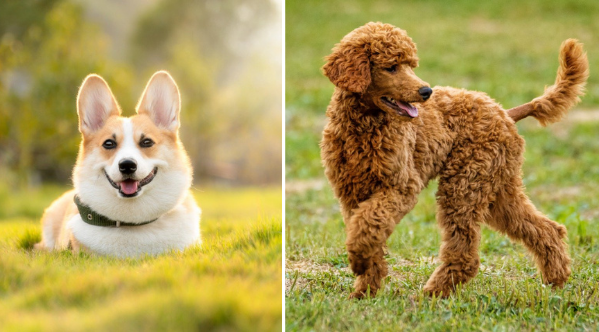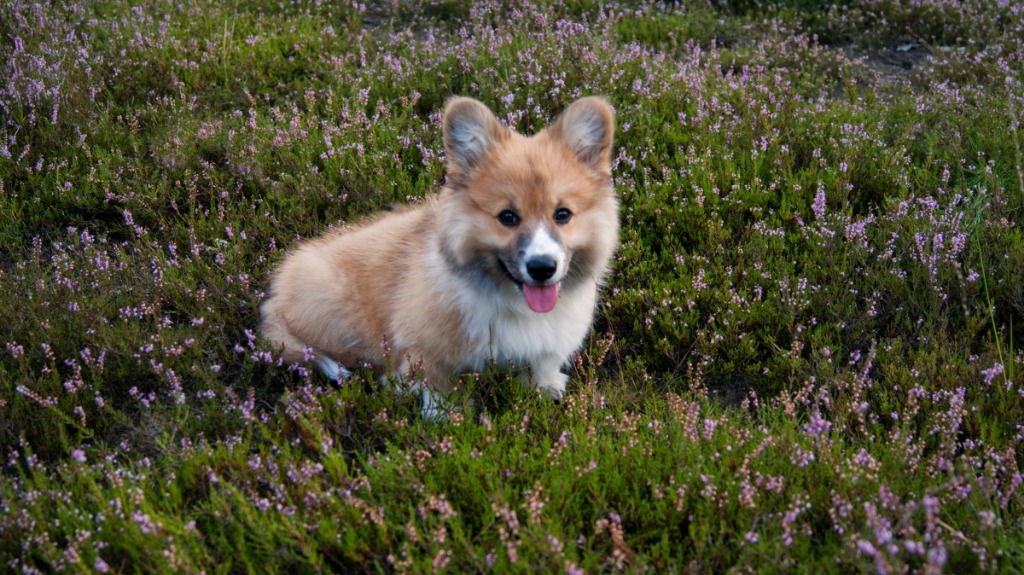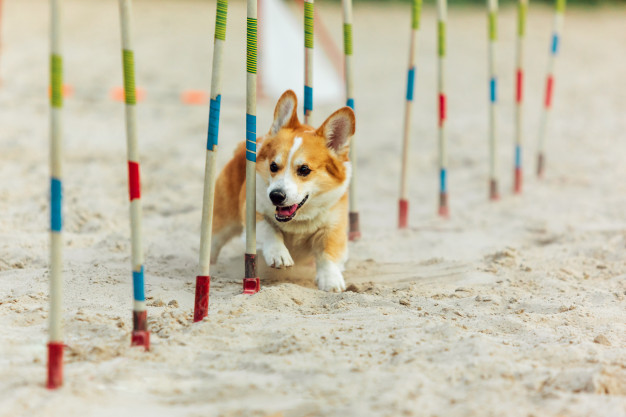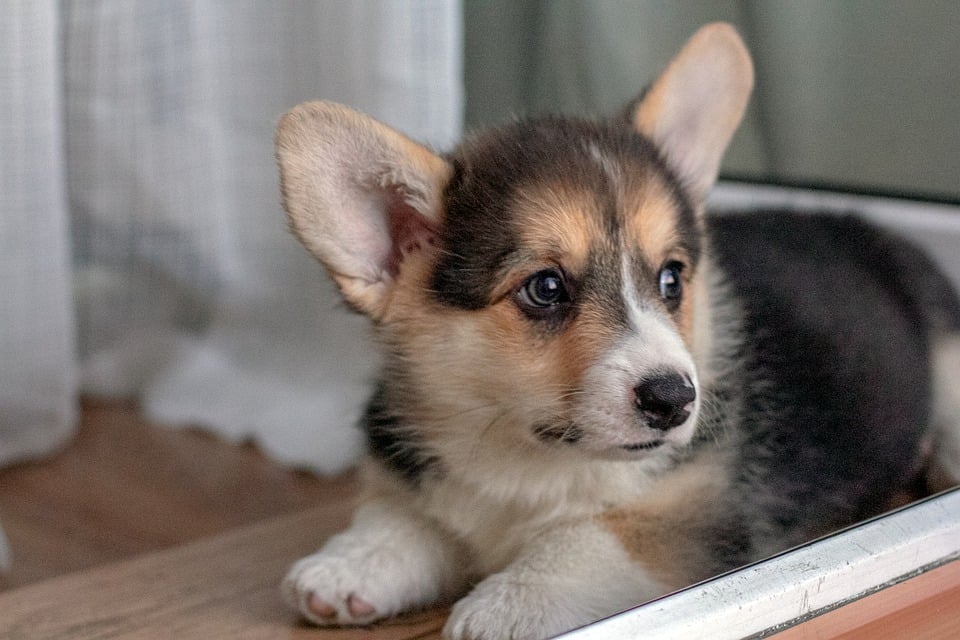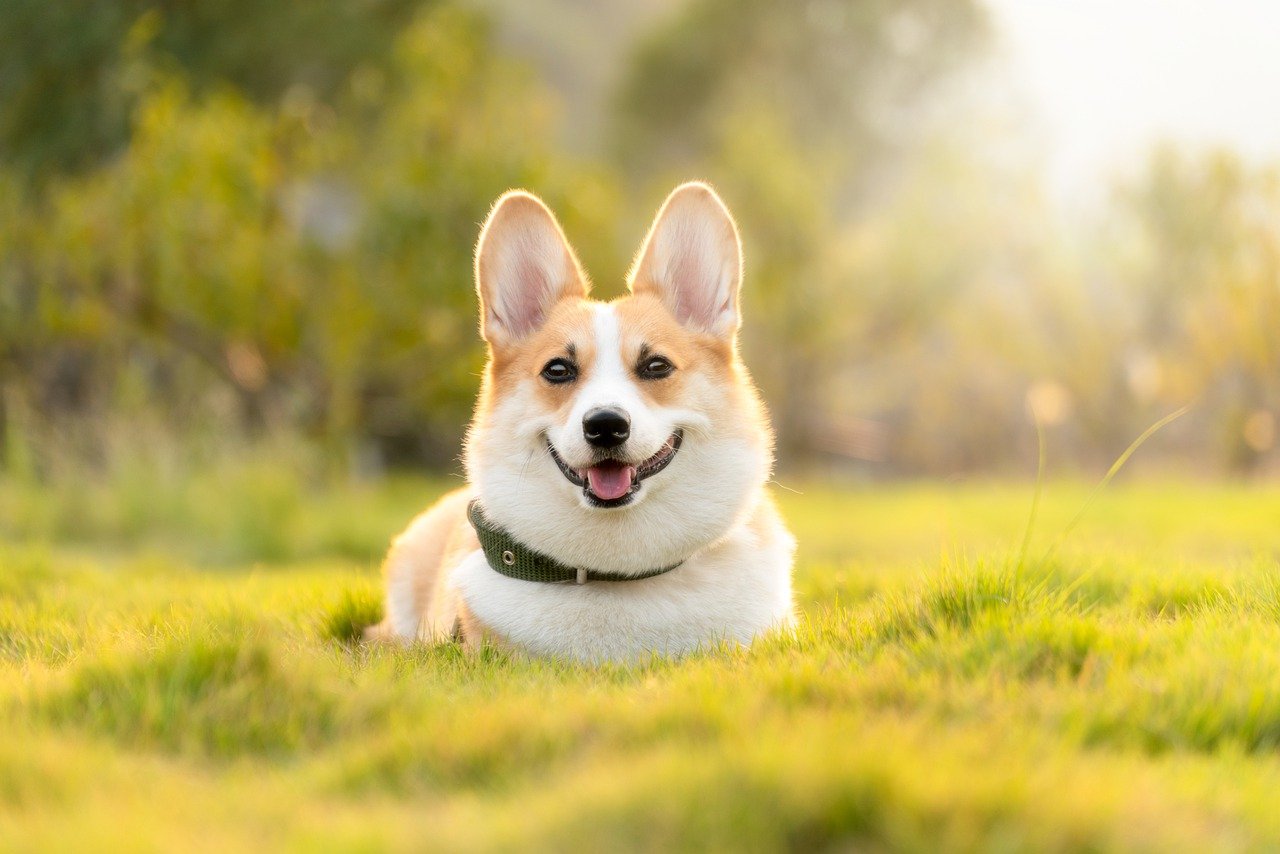Non-Verbal Cues: How Your Corgi Communicates Without Sound
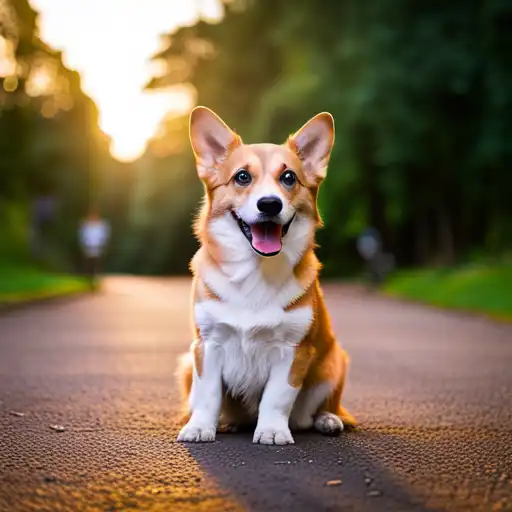
Did you know that your corgi communicates with you without making a sound? Understanding your furry friend's non-verbal cues is crucial for building a strong relationship and ensuring their safety.
In fact, research shows that over 90% of canine communication is through body language and other non-verbal cues. Tail wagging, ear positioning, eye contact, body language, facial expressions, vocalizations, and even paw gestures all convey valuable information about your corgi's emotions and needs.
By learning to decode these silent signals, you can better understand what your corgi is trying to tell you and respond appropriately. In this guide, we will explore the fascinating world of non-verbal cues, uncovering the hidden language of your corgi and strengthening the bond between you.
Tail Wagging: What It Really Means
When your corgi wags its tail, it's conveying important information. Tail wagging is a key non-verbal cue that can indicate various emotions and intentions.
Understanding your corgi's tail language can help you ensure their safety and well-being. A slow and relaxed wag usually signifies happiness and contentment, whereas a fast and vigorous wag may indicate excitement or arousal. However, it's important to consider other factors, such as the position of their ears, to accurately interpret their message.
When your corgi's tail is held high and their ears are erect, they may be feeling confident and assertive. Conversely, a tucked tail and lowered ears can indicate fear or submission. Paying attention to these subtle cues can enhance your ability to communicate effectively with your corgi and promote a safe and harmonious relationship.
Ear Positioning: Understanding Corgi's Mood
To better understand your corgi's mood, pay attention to how their ears are positioned. Corgis use their ears as a way to communicate non-verbally, revealing their emotions and intentions.
Here is a list of key ear positions and what they might indicate:
- Forward and upright: Your corgi is alert and attentive, showing interest in their surroundings.
- Slightly tilted forward: They're curious and possibly excited about something they see or hear.
- Flat against the head: This suggests fear, anxiety, or submission. Your corgi may be feeling threatened or uncomfortable.
- One ear up, one ear down: They're trying to understand their environment, gathering information from different directions.
- Ears pinned back: This is a sign of aggression or extreme fear. Approach with caution and give your corgi space.
Understanding ear movements and interpreting ear positions can help you better understand your corgi's emotions and keep them safe and happy.
Eye Contact: the Power of Non-Verbal Connection
Make eye contact with your corgi to establish a powerful non-verbal connection. Eye contact is an essential part of canine non-verbal communication and plays a significant role in dog training. When you lock eyes with your corgi, you convey messages of trust, respect, and understanding. It helps build a bond and allows you to communicate without saying a word.
Your corgi can sense your intentions and emotions through your eyes, making them more receptive to your commands and cues. However, it's important to note that eye contact should be used appropriately and respectfully. Staring directly into your corgi's eyes for extended periods can be seen as a challenge and may cause discomfort.
Maintain soft, gentle eye contact to create a positive and meaningful connection with your furry companion.
Body Language: Decoding Corgi's Gestures
Decode your Corgi's gestures through their body language. Understanding your furry friend's non-verbal cues can help you build a stronger bond and ensure their safety. Here are some hidden meanings behind their gestures that will help you decode their signals:
- Tail position: A raised tail indicates confidence, while a tucked tail may mean fear or submission.
- Ear position: Forward ears show attentiveness, while flattened ears suggest fear or aggression.
- Eye contact: Direct eye contact can be a sign of dominance or aggression.
- Body posture: A relaxed, loose body suggests a calm and happy Corgi, while a stiff or tense body can indicate discomfort or aggression.
- Licking lips: This can be a sign of anxiety or stress.
Facial Expressions: Unveiling Corgi's Emotions
Understanding your Corgi's facial expressions is key to unveiling their emotions. Just like humans, Corgis use their faces to communicate their feelings.
When you touch your Corgi, observe their facial response. If they enjoy it, their eyes may soften, and their mouth may relax into a gentle smile. However, if they feel uncomfortable or threatened, you may notice tension in their forehead, narrowed eyes, or a closed mouth.
Pay attention to their use of scent as well. A happy Corgi may wag their tail while sniffing, displaying a relaxed and content expression. On the other hand, if they encounter a strange or unfamiliar scent, their eyebrows may raise, and their nose may wrinkle.
Vocalizations: When Silence Speaks Volumes
Your Corgi's vocalizations can reveal a wealth of information without the need for words. Here are some important things to know about their non-verbal communication:
- Barking: Corgis often bark to alert you of potential threats or to express their excitement. Pay attention to the pitch and intensity of their barks, as they can indicate different emotions.
- Howling: When your Corgi howls, they may be trying to communicate with other dogs or express their loneliness. It's their way of seeking attention or companionship.
- Whining: Whining can signal discomfort, anxiety, or a desire for something. It's crucial to address the underlying cause and provide support or reassurance.
- Growling: Corgis may growl when they feel threatened or fearful. It's important to give them space and avoid provoking them further.
- Silence: Sometimes, silence can speak volumes. If your Corgi suddenly becomes quiet or stops vocalizing, it could indicate pain, illness, or distress. Monitor their behavior closely and seek veterinary attention if necessary.
Understanding your Corgi's vocalizations can help you better communicate and ensure their safety and well-being. Remember, non-verbal cues in other dog breeds and non-verbal communication in human-animal interactions are also important to consider.
Paw Gestures: Corgi's Secret Signals Revealed
Have you ever wondered what your Corgi is trying to tell you with their paw gestures? Well, it turns out that their paws hold hidden meanings that can help you understand their non-verbal communication.
From a gentle paw touch to a playful paw slap, these gestures can convey a range of emotions and intentions. By learning to decipher these secret signals, you can deepen your bond with your furry friend and better respond to their needs.
Hidden Paw Meanings
Discover the fascinating world of hidden paw meanings, as your corgi reveals secret signals through paw gestures. These non-verbal cues can provide valuable insights into your furry friend's emotions and needs. Here are some hidden paw meanings you should know:
- Paw raise: Your corgi may raise its paw to signal playfulness or to grab your attention.
- Paw swipe: A paw swipe can indicate annoyance or frustration. It's a sign that your corgi wants something to change.
- Paw on your leg: When your corgi places its paw on your leg, it's seeking comfort and reassurance. It's a way for them to show affection and seek attention.
- Paw limp: A limp paw can be a sign of submission or fear. Your corgi may be feeling anxious or intimidated.
- Paw scratch: Scratching the ground with their paw is a way for corgis to mark their territory or communicate their presence to other dogs.
Understanding these hidden paw meanings will help you better communicate with your corgi and ensure their well-being and safety.
Understanding Paw Gestures
To understand your corgi's secret signals, pay close attention to their paw gestures. Your furry friend communicates with you not only through barks and wagging tails but also through their hidden paw messages.
Decoding paw movements is essential for building a strong bond and ensuring your corgi feels safe and understood. When your corgi raises one paw slightly, it may be a sign of curiosity or alertness. If they paw at you gently, it could mean they want attention or affection. However, if they repeatedly lift their paw and hold it in the air, it could indicate discomfort or pain.
Non-Verbal Paw Communication
Pay attention to your corgi's paw gestures to uncover their secret signals and understand their non-verbal communication. Your furry friend uses their paws to express their needs and emotions. Here are some paw gestures to look out for:
- Paw Shaking: If your corgi shakes their paw in the air, it could mean they're feeling stressed or anxious. They may be trying to communicate their discomfort or seek reassurance.
- Paw Scratching: When your corgi scratches at the ground or furniture, it can indicate frustration or a desire for attention. They may be trying to get your attention or express their boredom.
Understanding these paw gestures will help you better understand your corgi's needs and emotions. It's important to respond appropriately to ensure their safety and well-being. Remember to provide comfort and reassurance when needed, and engage them in activities to keep them mentally stimulated.
Frequently Asked Questions
How Do Corgis Communicate With Each Other Using Non-Verbal Cues?
Corgis communicate with each other using non-verbal cues like facial expressions and body posture. Their expressive faces and confident body language help convey their emotions and intentions. Understanding these cues is important for safe and effective communication with your Corgi.
Can Corgis Use Their Tail Wagging to Communicate Different Messages?
Corgis can use their tail wagging as a form of communication. Different tail positions indicate different messages. Additionally, corgis use their body posture to convey various meanings, ensuring effective non-verbal communication between them and other dogs.
What Are Some Common Misconceptions About Corgi Ear Positioning and Their Mood?
Common mistakes in interpreting corgi ear positions are assuming that upright ears mean aggression and folded ears mean fear. However, corgis use ear positioning to express a range of emotions, so it's important to consider other non-verbal cues for a more accurate understanding.
How Does Eye Contact Play a Role in Understanding a Corgi's Non-Verbal Communication?
When it comes to understanding your corgi's non-verbal cues, eye contact plays a crucial role. It helps you gauge their emotions and intentions. Pay attention to their body language and facial expressions for a complete picture of what they're trying to communicate.
Are There Any Specific Body Language Cues That Corgis Use to Convey Fear or Aggression?
Corgis have specific body language cues to convey fear or aggression. Fear cues include cowering, trembling, and tail tucking. Aggression cues include growling, snarling, and raised hackles. Recognizing these cues can help ensure your safety.


